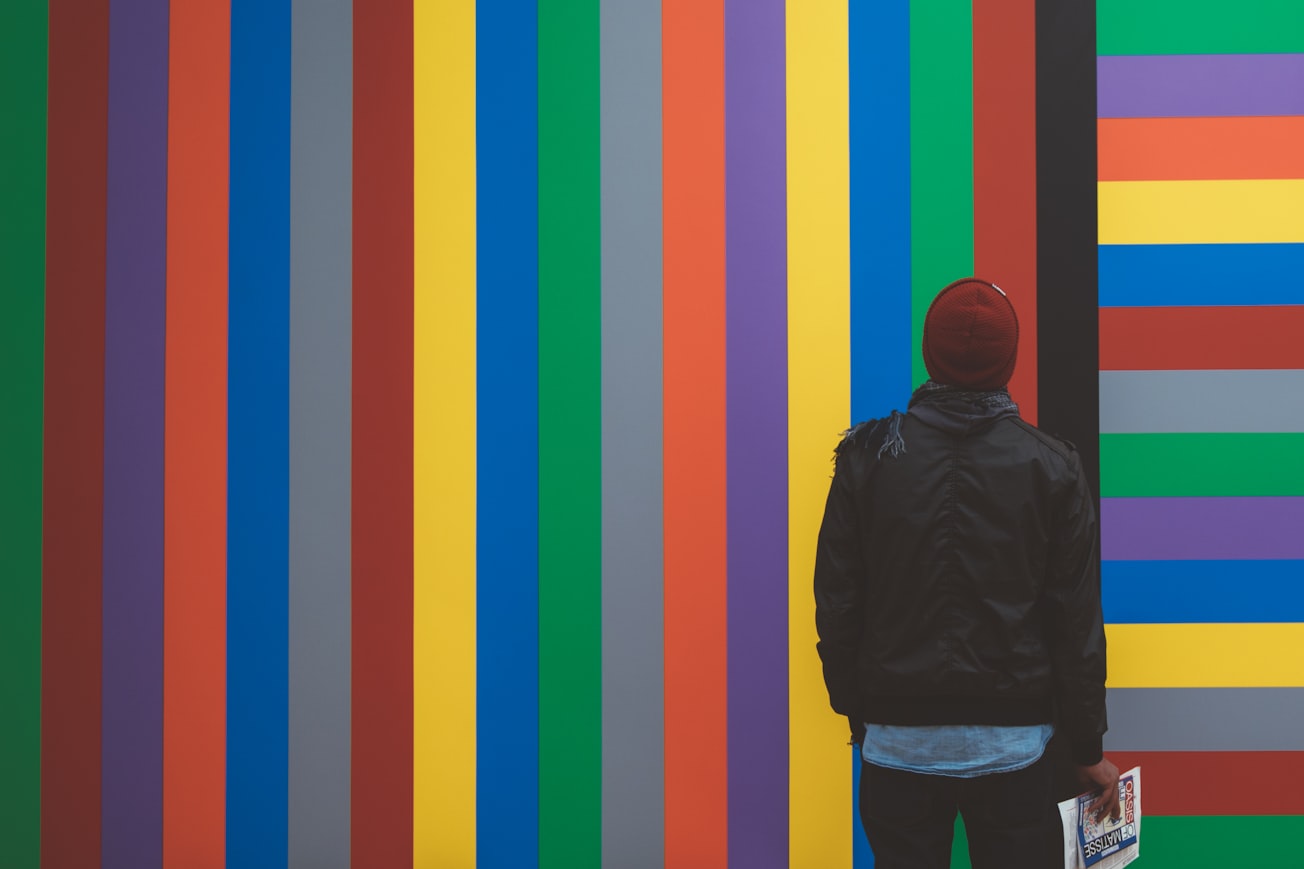What is it about?
How has the notion of skill evolved across art history? The (indexical) line helps answer this question through a quick overview of its instances in relation with beauty and masterfulness. However, has the twentieth century dropped the notion of skill altogether when it favoured conceptualism and automatism? Have machines led us to disengage with skill? Or has it been revisited and had it ableism and other biases corrected by the indexical line?
Featured Image

Photo by Mario Gogh on Unsplash
Why is it important?
This paper introduces the notion of the indexical line, a line seen as a trace. The term is borrowed to the father of semiotics, Charles Sanders Pierce, who came up with such a generous notion of language that it can encompass any sign produced by humans or non-humans as long as it means something to someone. In art theory, the index is an important concept that was developed by Rosalind Krauss and more recently by Margaret Iversen, as a direct contact with the world through mark-making. Using this notion to understand skill in contemporary art means to displace image-making as representation and considering it a form of contact and as an inclusive, anti-ableist inter-relationship with the viewer.
Perspectives
I wrote this article with a few goals in mind, the most important of which being to render theories of semiotics applied to art as accessible and playful as I find them. I also wanted to take such an abstract - albeit beautiful in its sheer simplicity - thing as the line and use it to explore art history. Conversely, the history of the line also reflects a certain taste for abstract thought that became more apparent in conceptual art. Another one of my goals was to tackle conceptualism in a way that wasn't dry or too descriptive. And finally I wanted to introduce the importance of inclusivity in art through interesting examples of female and disabled artists using the line in such an original way that the shift in notions of skill would become apparent as more of a philosophy than a simple handiness in creating images, which so many people can do. Through this journey, I hope to have shown that art is always more than just the artefact, that it is one of the elements of a dynamic relationship with the world.
Joana P. R. Neves
Read the Original
This page is a summary of: Unskilled beauty or ugly truth? A dialogic study of the indexical line, Drawing Research Theory Practice, April 2021, Intellect,
DOI: 10.1386/drtp_00048_1.
You can read the full text:
Resources
Contributors
The following have contributed to this page







